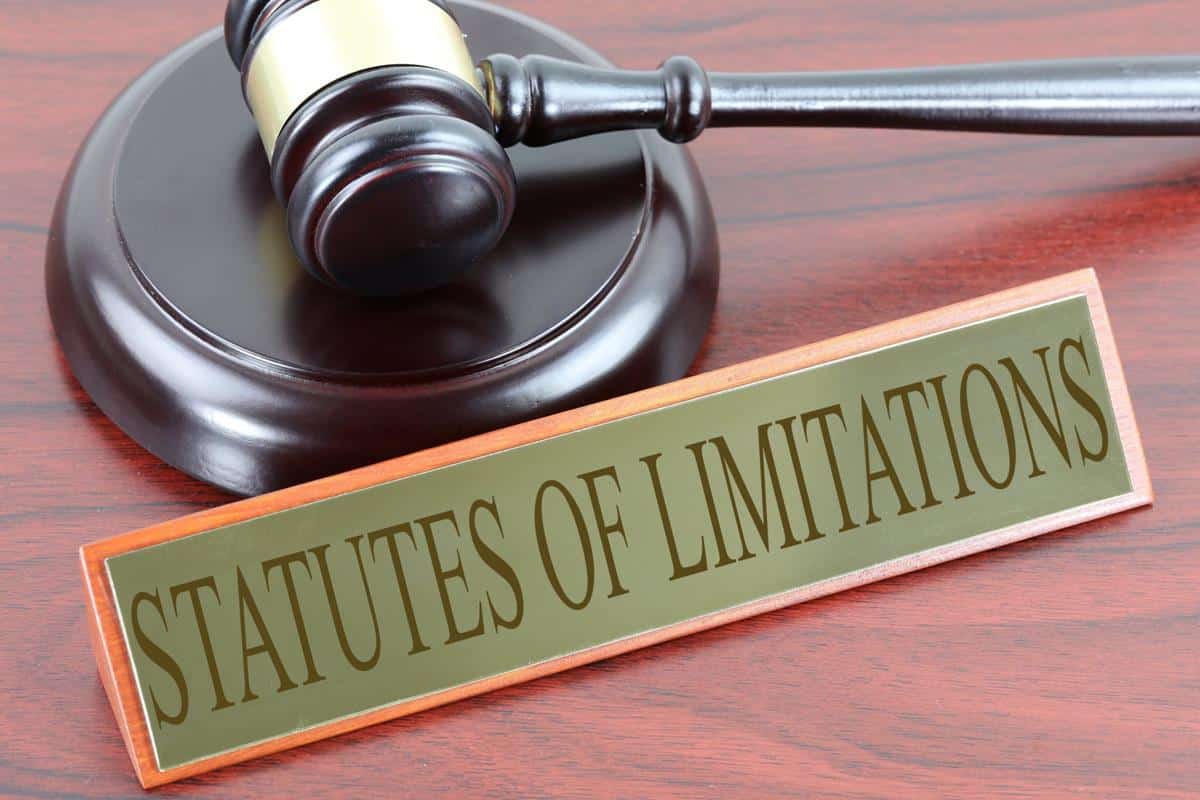
Statute of Limitations
The statute of limitations is a legally mandated time limit within which a person must file a lawsuit to seek legal remedy for damages or injuries. Once the statute of limitations expires, the individual loses the right to pursue legal action, regardless of the case’s validity. Each type of case, whether personal injury, medical malpractice, or contract dispute, has its own statute of limitations, which varies by state. At 770GoodLaw, we help clients understand the statute of limitations relevant to their cases, ensuring timely action to protect their right to seek compensation.
Purpose of the Statute of Limitations
The statute of limitations serves to promote fairness in legal proceedings by encouraging prompt resolution and protecting defendants from prolonged uncertainty. This legal framework helps ensure that cases are resolved while evidence remains fresh and witnesses are available. Key purposes of the statute of limitations include:
-
Promoting Timely Resolution: By setting a time limit, the statute of limitations encourages individuals to address legal matters promptly, promoting efficiency in the legal system.
-
Protecting Evidence Integrity: Time limits help preserve the availability and reliability of evidence, which may degrade or become inaccessible over time.
-
Providing Legal Certainty: The statute provides clarity to defendants, allowing them to move forward without indefinite concern over potential legal claims.
-
Encouraging Accountability: The statute encourages injured parties to take prompt action, ensuring that justice is sought within a reasonable timeframe.
Statute of Limitations by Case Type
Different types of cases have distinct statutes of limitations, with each state establishing specific timelines for filing. Common statutes of limitations for various types of cases include:
- Personal Injury: Typically, personal injury cases must be filed within two to four years, though this period varies by state and injury type.
- Medical Malpractice: The statute of limitations for medical malpractice cases may be shorter, often ranging from one to three years, with some states applying additional discovery rules.
- Wrongful Death: For wrongful death cases, the statute of limitations usually falls between one and three years, depending on state law.
- Breach of Contract: Contract disputes generally allow longer statutes, ranging from three to six years, based on the nature of the agreement and state regulations.
Exceptions and Tolling of the Statute of Limitations
Certain circumstances may extend, pause, or “toll” the statute of limitations, allowing plaintiffs additional time to file their claims. Common exceptions and tolling factors include:
-
Discovery Rule: In cases where the injury or cause was not immediately apparent, the statute may begin when the harm is discovered rather than the actual date of the incident.
-
Minors and Incapacity: The statute of limitations may be extended for minors or individuals deemed legally incapacitated, often starting when they reach the age of majority or regain capacity.
-
Defendant Absence: If the defendant is out of state or otherwise unavailable, the statute may be tolled until the individual returns or becomes accessible.
-
Fraudulent Concealment: In cases where the defendant deliberately conceals their actions, the statute may be tolled until the plaintiff discovers the fraud.
Importance of Adhering to the Statute of Limitations
Adhering to the statute of limitations is essential, as filing beyond the permitted timeframe usually results in dismissal of the case, regardless of its merits. Failing to file within the deadline may permanently forfeit the right to seek compensation or remedy. Important aspects of adhering to the statute of limitations include:
-
Timely Filing: Taking prompt action ensures that the case can be heard, avoiding the risk of dismissal due to expired time limits.
-
Consulting Legal Counsel: Consulting an attorney helps ensure that deadlines are met and exceptions are considered, as the applicable time limits can vary.
-
Keeping Detailed Records: Documentation of injury dates, medical treatment, and other case-relevant details supports timely and accurate filing.
How 770GoodLaw Assists Clients with Statute of Limitations Issues
At 770GoodLaw, we prioritize protecting our clients’ rights by ensuring timely legal action and navigating complex statute of limitations rules. Our attorneys work with clients to assess their claims, confirm applicable deadlines, and file all necessary documents within the required timeframe. Our approach includes:
- Confirming Relevant Deadlines: We assess each case to determine the appropriate statute of limitations, helping clients understand their time limits.
- Gathering Evidence Efficiently: Our team gathers essential documentation promptly, ensuring timely submission of all evidence and filings.
- Evaluating Potential Exceptions: We explore exceptions and tolling possibilities, ensuring that clients benefit from all available legal options.
- Providing Strategic Guidance: We guide clients through each step of the process, helping them stay informed and empowered to make timely decisions.
Importance of Legal Representation for Statute of Limitations Cases
Given the complexity of statute of limitations laws and potential exceptions, experienced legal representation is essential to protect the right to seek compensation. Attorneys ensure that claims are filed within the permitted timeframe, maximizing the chances for a favorable outcome. At 770GoodLaw, we offer diligent, knowledgeable representation, helping clients navigate deadlines and secure their right to pursue justice.
Why Choose 770GoodLaw for Statute of Limitations Guidance
Our commitment to Relentless Reliability and Sincetegrity drives us to offer comprehensive support for clients facing statute of limitations challenges. At 770GoodLaw, we help clients take timely action, ensuring their right to seek fair compensation is protected.






